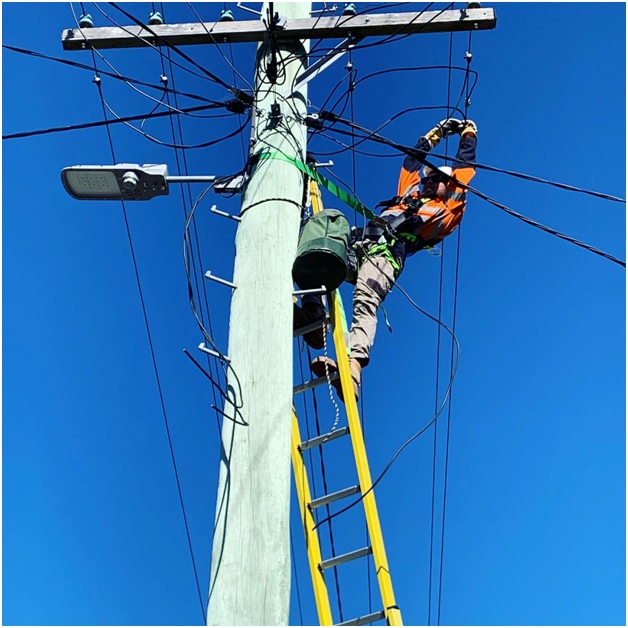Australia, with its vast mineral resources, has long been a major player in the global mining industry. From the bustling gold rushes of the 19th century to the expansive coal and iron ore operations today, mining is a central pillar of the nation’s economy. Yet, with great opportunities come significant challenges. Among them is the crucial issue of mine water treatment, an area that has witnessed commendable advancements in mine water treatment technologies over the past few decades.
Mine water, often referred to as Acid Mine Drainage (AMD), poses serious environmental threats. Originating when sulphide-bearing minerals like pyrite oxidise, the resulting water can be highly acidic and rich in harmful heavy metals. If not managed appropriately, this can contaminate local waterways, impacting aquatic life, and even compromising the drinking water for communities.
Recognising the potential threats AMD poses, Australia has been at the forefront of driving innovation in mine water treatment. Here are some of the technologies that have come to the fore:
1. Passive Treatment Systems:
These systems use natural processes to treat mine water without the need for ongoing human intervention. They’re often tailored to the specific conditions of a site. Wetlands, for instance, are a popular option in Australia. They harness the natural abilities of certain plants to absorb and store metals, along with the capabilities of wetland sediments to neutralise acidity. These systems, while efficient for certain mines, can demand substantial land areas, making them unfeasible for some settings.
2. High-density Sludge (HDS) Treatment:
One of the most advanced methods for treating AMD, the HDS process involves the precipitation of metals from the mine water. It works by adding lime to the water, leading to the formation of metal hydroxides. These can be settled out and removed, rendering the water far less toxic. The resultant sludge is then recycled, leading to the formation of denser sludge in subsequent cycles, thereby reducing waste volumes.
3. Membrane Technologies:
Membrane processes, such as Reverse Osmosis (RO) and Nano-filtration, have found application in treating mine water. These methods focus on using semi-permeable membranes to remove ions, molecules, and larger particles from the water. While effective, they can be energy-intensive, and membrane fouling can be a challenge.
4. Biological Treatment:
Australia has been tapping into the potential of microorganisms that naturally thrive in acidic and metalliferous environments. These microbes can catalyse reactions that neutralise the water’s pH and precipitate metals. Bio-reactors, filled with these organisms, serve as treatment hubs, helping to render the mine water harmless.
5. Electrocoagulation:
A relatively newer treatment technology, electrocoagulation utilises electrical charges to remove contaminants. Electrodes, when introduced to the mine water, produce ions which can neutralise charges of particles in the water, causing them to coagulate. These larger particles can be easily separated, leaving the water clearer and less harmful.
Adopting these advanced technologies, however, isn’t just about meeting environmental regulations. They’re also a matter of public perception and corporate responsibility. With the global movement towards sustainability, mining companies in Australia are increasingly aware that their social license to operate depends on their environmental stewardship.
Moreover, the treated water can often be reused. In a continent as arid as Australia, water is a precious resource. Thus, by refining and reusing mine water, mining operations can reduce their freshwater intake, which is a win-win for both the industry and the environment.
The landscape of mine water treatment in Australia is dynamic, underpinned by the nation’s commitment to sustainable mining practices. By continuously embracing and investing in newer mine water treatment technologies, the country sets a benchmark for mining industries worldwide. These advancements not only safeguard the environment but also uphold Australia’s position as a responsible global mining leader.



